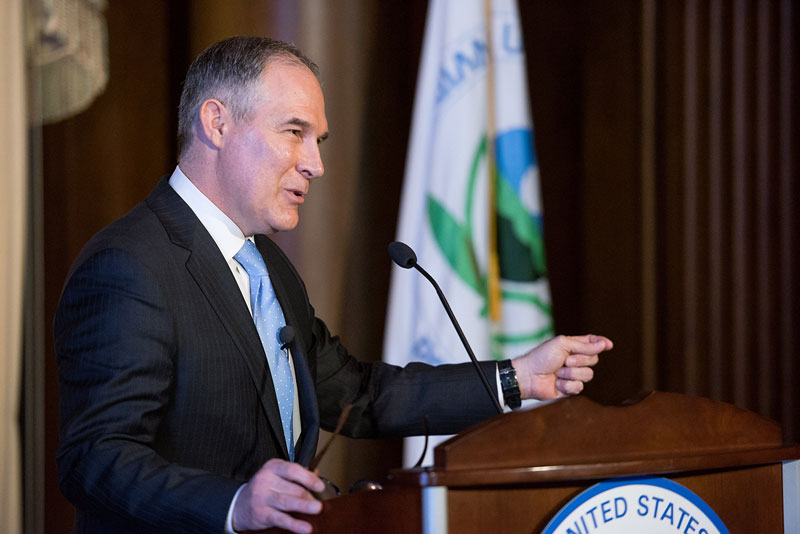The Environmental Protection Agency (EPA) is spending a staggering $1.2 million of your tax dollars on so-called “environmental justice.” Is the Trump Administration asleep at the wheel!?
The agency will be awarding 10 grants to various nonprofit organizations and religious groups, according to a grant announcement that was released earlier this month.
“EPA defines ‘environmental justice’ as fair treatment and meaningful involvement of all people regardless of race, color, national origin or income with respect to the development, implementation, and enforcement of environmental laws, regulations, and policies,” the announcement states while covering the details. “Fair treatment means that no one group of people, including racial, ethnic, or socioeconomic groups, should bear a disproportionate share of the negative environmental consequences resulting from industrial, municipal, and commercial operations or the execution of federal, state, local, and tribal environmental programs and policies.”
The grant opportunities are available to the “environmental justice networks,” “faith based organizations and those affiliated with religious institutions,” and other such nonprofit groups that are operating for similar causes.
The groups will have until February 2018 to apply for the grant. “The total estimated funding for this competitive opportunity is approximately $1,200,000,” the EPA had further said, discussing its plans to award 10 projects with the grants in different regions that might go up to worth $120,000 each.
Under the Obama administration, the EPA has spent $90,000 per year on an “Environmental Justice Academy.”
The academy and the latest round of the EPA environmental justice grants follow the EPA’s “Collaborative Problem-Solving Model,” this is described as a seven-step flowchart that urges all the communities to work together in “bringing about a positive change” for the sustainability.
Steps in these “Collaborative Problem-Solving Model” include the “community capacity-building,” “consensus building,” and “sound management.”
The taxpayer funded projects will be going to the underserved communities, which the EPA has defined as a “community with environmental justice concerns and/or vulnerable populations, including minority, low income, rural, tribal, and indigenous populations that may be disproportionately impacted by environmental harms and risks and has a local environmental and/or public health issue that is identified in the applicant’s proposal.”
EPA is confident that with proper steps and more of such grants, it would be able to make great contributions to environmental justice, and the sustainability that it seeks for all sorts of cultures and religions that are living in the U.S.























